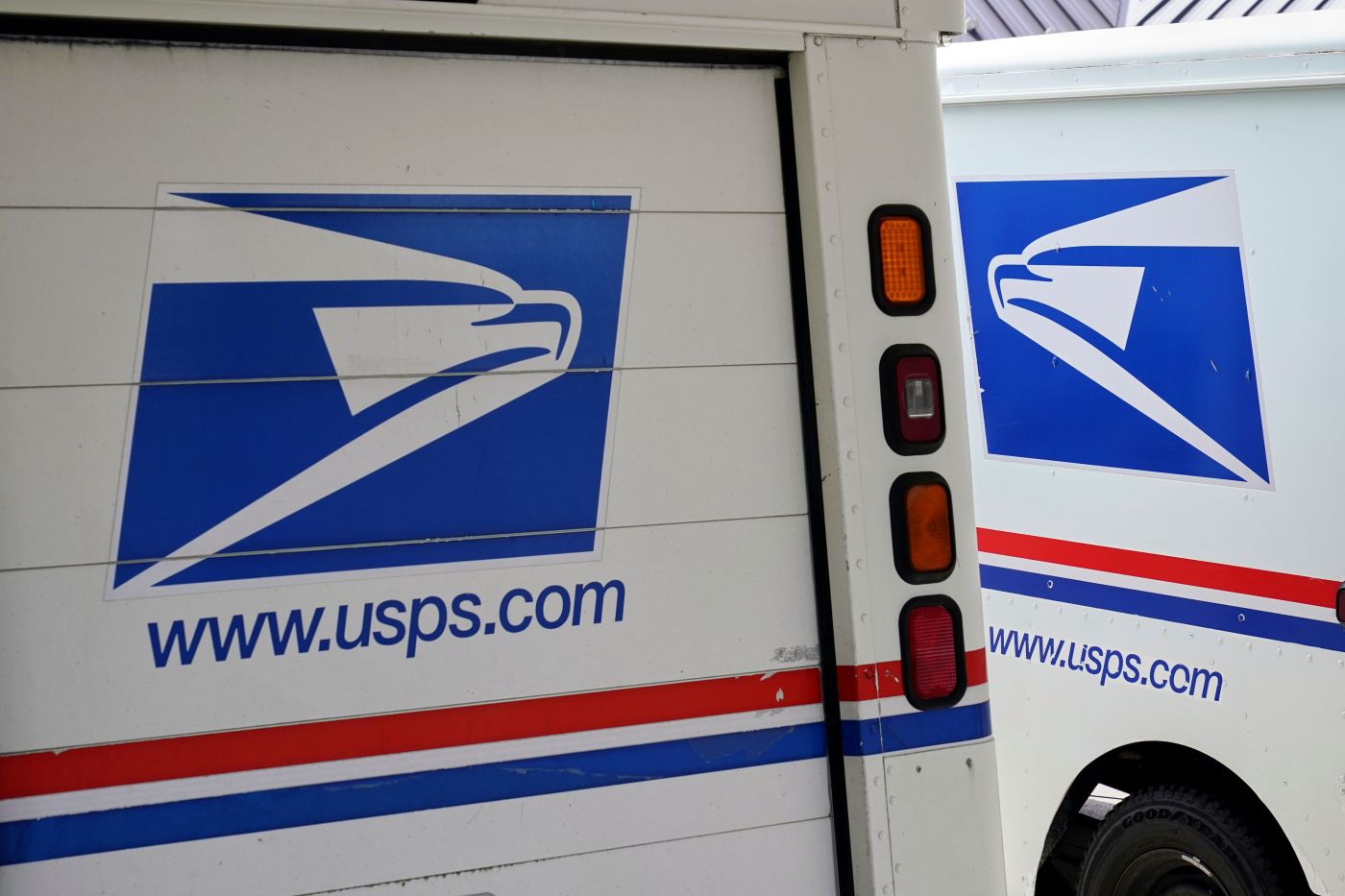
Marchand: Get ready for higher holiday mail costs
Millions of postal consumers may find a lump of coal burning a hole in their pockets this holiday season. The Postal Service recently announced that it will apply a surcharge to holiday season deliveries after waiving these extra fees last year.
From Oct. 6 through Jan. 19, packages delivered through USPS Ground Advantage (commonly used for non-urgent package deliveries up to 70 pounds) will see a 6.4% price hike. Priority Mail prices will increase by 5.5%, while other parcel offerings such as Parcel Select, Special Services and International Competitive products will stay the same.
The Postal Service has a history of underpricing packages, and, understandably, postal leadership is finally changing course. However, America’s mail carrier should stretch any additional revenue as far as possible and ditch its costly employment policies.
The millions of consumers relying on the service for their deliveries and the taxpayers funding the agency could use some holiday cheer. The agency lost $6.5 billion in fiscal year 2023 and has already lost more than $6 billion in 2024.
As Government Executive senior correspondent Eric Katz explains, “Overall revenue is up $13 billion in fiscal years 2022 and 2023 (but) the mailing agency’s expenses increased by nearly $18 billion over the period. … Compensation and benefits cost USPS 5% and 11% more than it expected in those years, and payments for future retirement liabilities significantly outpaced what the agency anticipated.”
Postal labor costs are a significant burden on the agency, accounting for more than three-quarters of the service’s annual operating expenses. Unsurprisingly, temporary employees cost far less than their career counterparts. A 2021 analysis by the Government Accountability Office estimates that the compensation gap is around $25 per hour, though this total shrinks to $8 hourly when comparing similar types of workers with similar experience. Even after controlling for these factors, the USPS saves nearly $2 billion annually by retaining 115,000 non-career workers (also called “pre-career employees”). Even when turnover rates hover around 60%, and it costs upward of $5,000 to hire and train new workers, the agency still nets a substantial sum of money by having temporary workers.
Despite these favorable figures, the service employs about five times as many career workers as temporary workers. A recent inspector general analysis of the workforce composition finds that existing postal union agreements leave the service with ample room to hire additional non-career employees.
The Postal Service can make significant temporary hires without violating its agreements with labor groups. Holiday time is quickly approaching, and the agency’s private-sector competitors, such as the United Parcel Service and FedEx, will almost certainly be swelling their ranks with significant holiday hires. The USPS can do the same and deliver for the American people without breaking the bank.
Ross Marchand is a non-resident fellow for the Taxpayers Protection Alliance/InsideSources


